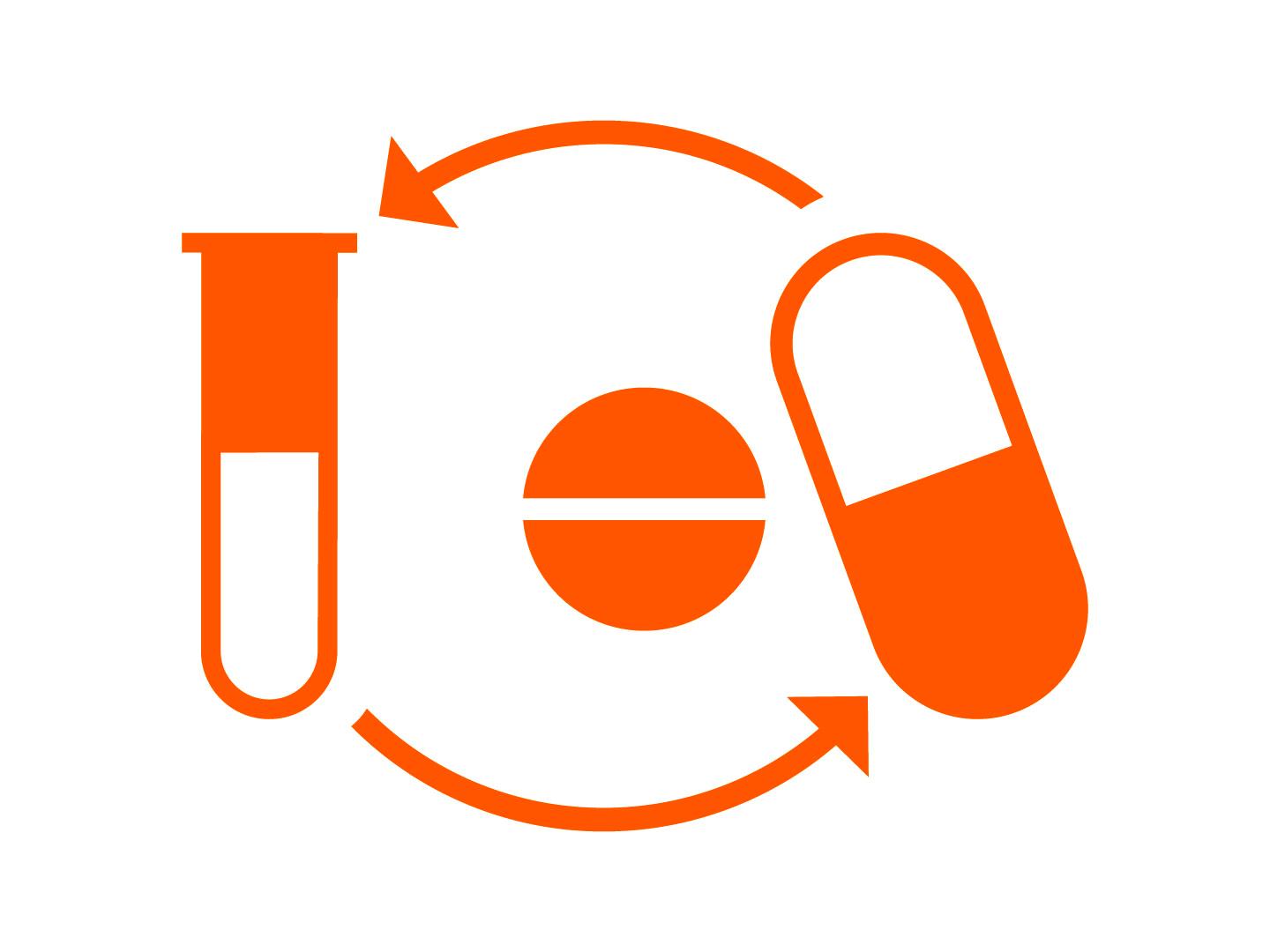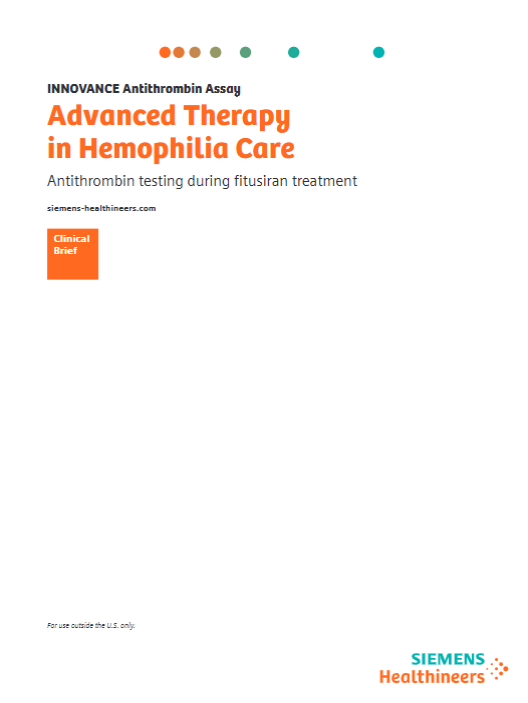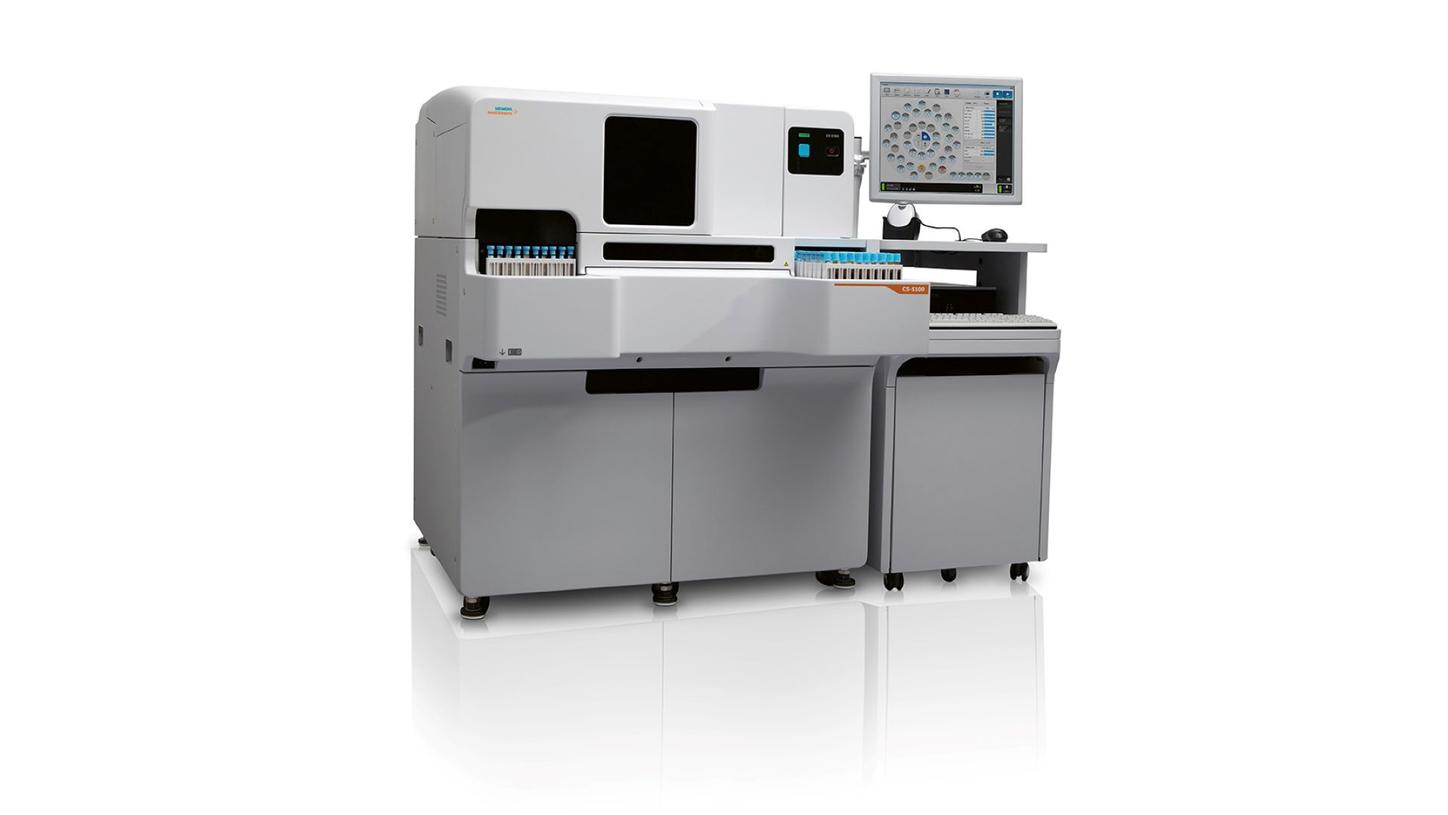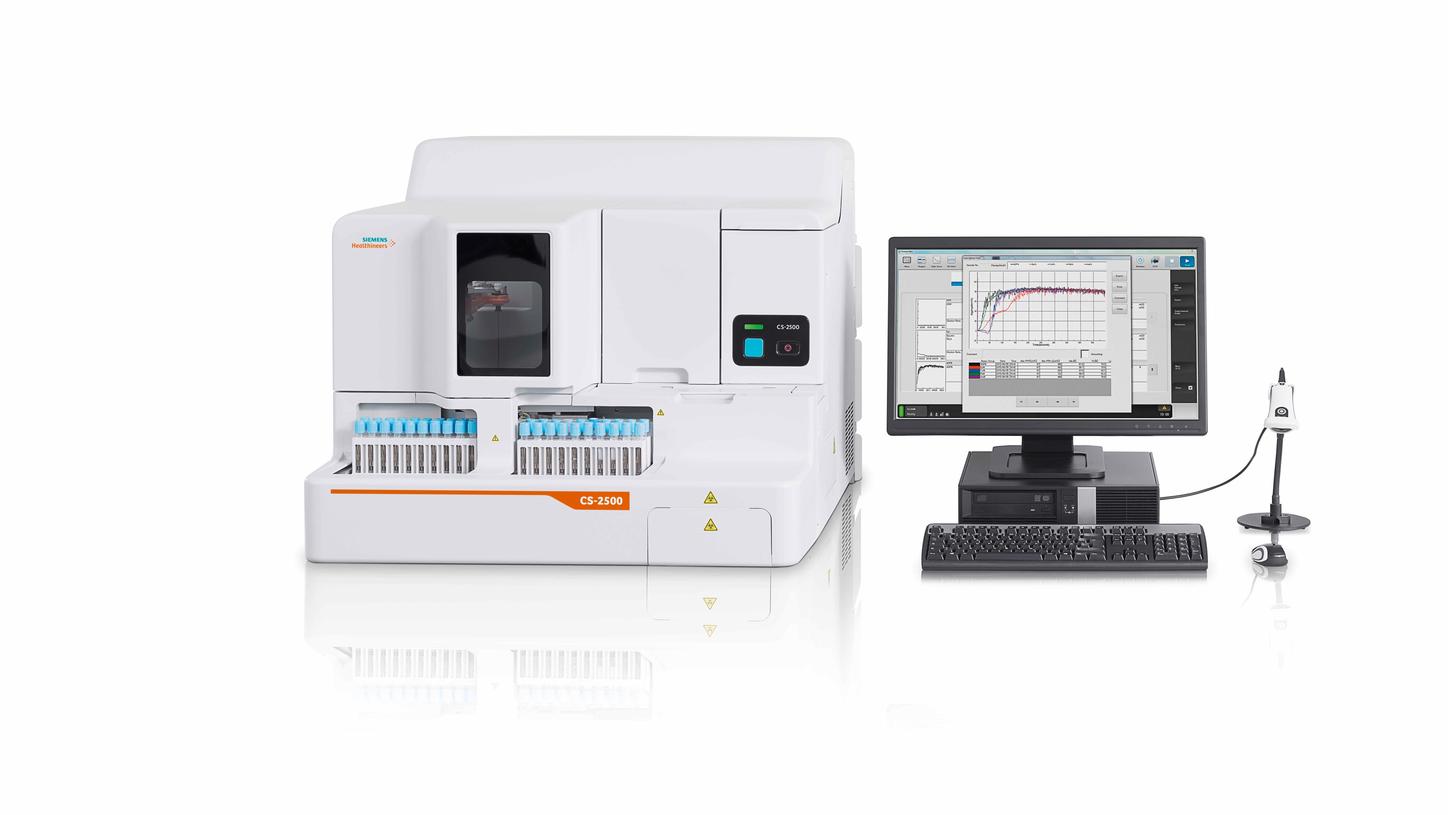INNOVANCE Antithrombin AssayState-of-the-art antithrombin testing
INNOVANCE Antithrombin assay is a state-of-the-art, ready-to-use chromogenic reagent for automated measurement of antithrombin (AT) activity. It delivers exceptional precision even at low activity levels and high sensitivity for detecting both inherited and acquired antithrombin deficiencies. INNOVANCE Antithrombin assay was described for use in patients treated with QFITLIA (fitusiran) supporting the AT-based dosing regimen.12

Benefits
The INNOVANCE Antithrombin assay is provided as a liquid, ready-to-use reagent, automated for multiple hemostasis systems from Siemens Healthineers. Through the precise combination of human factor Xa, standardized system settings, and a heparin concentration of 1500 IU/L it offers a robust and sensitive determination of AT activity.
- Good method correlation offers harmonized result interpretation.
- High precision in the low range helps avoid the need for repeat testing, saving time and reagents.
- Demonstrates excellent sensitivity to detect antithrombin mutations.1-10
- For reliable dose monitoring of QFITLIA (fitusiran), excellent precision is required in the clinical decision range of 15 – 35% antithrombin activity. With 5.5% CV or less, INNOVANCE Antithrombin assay has demonstrated precise results within the decision range when testing plasma pools.
- Available for any-sized lab on the CN-3000/6000,* CS-2500, CS-5100, CA-600, and BCS XP Systems from Siemens Healthineers.
- Efficient reagent management is accomplished by a convenient onboard stability.
- Available in different ready-to-use kit sizes and using multi-analyte calibrator and controls, reducing waste and providing cost and labor efficiencies.
Technical Details
14 µL
Required sample volume, depending on system application
120 hours
Onboard stability on CS-5100 System†
100/130/400 tests per kit‡
3 kit configurations available to suit different volume needs
6–150% of norm
Measuring range on CS-5100 System
3.8%
Within-device/lab CV (%) with a plasma pool at 15.1% of norm (CS-5100 System)
4 weeks
Stability once opened at 2–8°C
99% AT type II HBS deficiencies correctly identified
Testing 643 patients with >10 different mutations2-11
98% AT type I/II deficiencies correctly identified
Testing 954 patients with >45 different mutations2-11
Assay performance can vary from country to country as well as with the system application of the respective assay. The values listed above are provided as examples only.
Evidence
Reliable performance across mutations and use for patients under QFITLIA treatment12

Clinical use
INNOVANCE Antithrombin assay can be used to support the following clinical applications:
Identify causes of thrombosis also in the presence of pregnancy complications:3,5-7,11 Detect antithrombin deficiency to guide appropriate anticoagulation strategies and support outcome-driven treatment decisions.
Ensure effective heparin therapy: Monitor AT activity levels to assess and ensure the efficacy of heparin-based anticoagulation.
Support treatment in complex conditions: Aid in managing patients with DIC, sepsis, or liver cirrhosis by evaluating antithrombin levels to tailor therapy.
NEW! Determine AT-levels in hemophilia A or B patients under QFITLIA therapy: INNOVANCE Antithrombin assay was found an ideal support for AT-based QFITLIA (fitusiran) dosing,12 even in patients with factor VIII or IX inhibitors.12-15 The assay’s high precision in low activity ranges16 was described as particularly effective for monitoring antithrombin levels critical to this treatment.12-15
Flexible, high-precision testing to match your lab’s workflow
The INNOVANCE Antithrombin assay offers automated, WHO-standardized quantification of FXa-based antithrombin activity. Flexible, high-precision testing with three kit sizes—small, medium, and large—designed to match your lab’s workflow and daily test volume, helping reduce waste and optimize efficiency. The assay is calibrated using Standard Human Plasma. For quality control, Control Plasma N and Control Plasma P are provided with assigned values.


BUFFER
A ready-to-use liquid buffer containing preservatives.
Use assays from Siemens Healthineers along the official ISTH testing workflow
A workflow for antithrombin testing has been proposed by the ISTH guideline on AT testing.16 A step-by-step approach is recommended to classify antithrombin (AT) deficiency, using two types of activity tests and an AT antigen test. Labs often don’t know if a patient is on anticoagulants, making it hard to choose the right AT test. One solution is to use both factor Xa and thrombin-based activity tests in a staggered approach, where needed (see below). The Atellica Data Manager can be set up to support this approach, including calculating the activity-to-antigen ratio.
Note: The overview below does not highlight clinical considerations concerning potential causes of acquired AT deficiency or the impact of a full-dose heparin therapy.

Classifying antithrombin deficiencies
AT defects are divided into type I and type II. While quantitative type I deficiency can be either acquired or hereditary, the qualitative type II deficiency is hereditary and characterized by a dysfunctional AT molecule. Type II defects are further divided into three subtypes, depending on the localization of the mutations.17
The correct classification of AT deficiency supports the correct therapy. While heterozygous HBS mutations, depending on the individual mutation may not necessarily be associated with an increased thrombotic risk, they can cause pregnancy complications.2-7 Discrimination among AT deficiency types is useful to adapt the therapy: anticoagulation or AT replacement.







